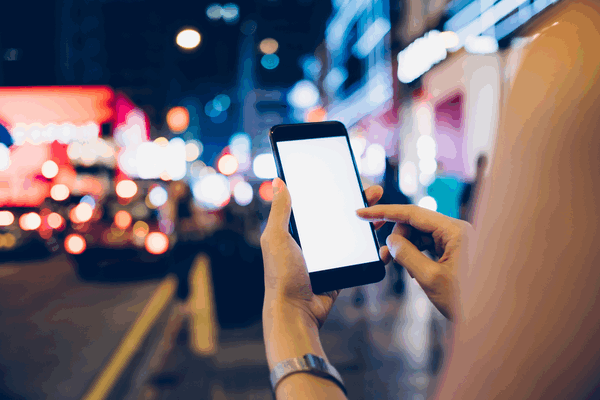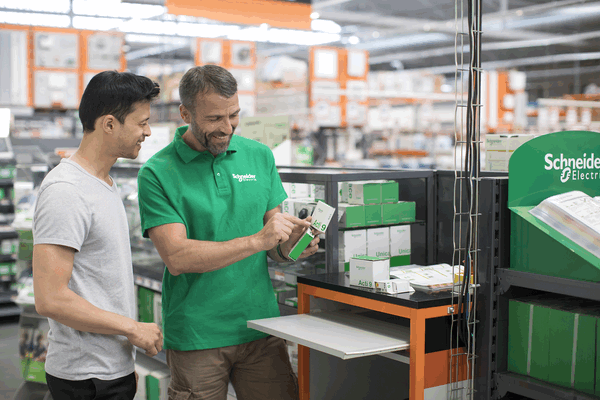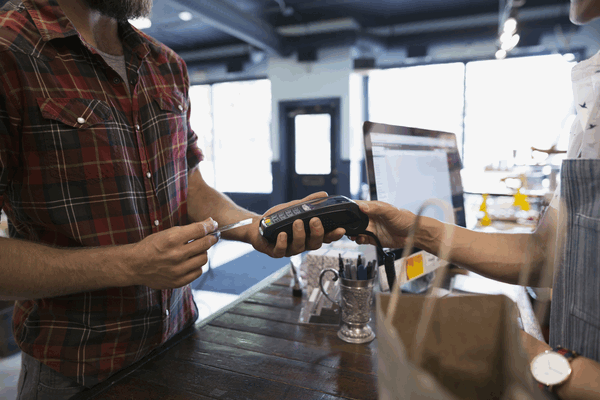Lockdowns brought about by the COVID-19 pandemic have certainly forced retailers to consider options beyond the physical store. Department stores such as SM and Rustan’s have offered online shopping with delivery or pick up in-store options. Meanwhile, FMCG companies and beauty brands have begun selling in e-commerce platforms like Shopee or Lazada.

Thriving amid the pandemic and in the immediate post-pandemic scenario means that retailers need to take advantage of digital technology and online solutions. It also presents opportunities for retailers to reach new customers through digital marketing, as well as harness insights from data made available and think of ways to build loyalty and minimize abandoned cart scenarios.
Pivoting to online selling has proven vital to the survival of retailers, but it is not the only item to consider in a post-pandemic scenario.
“While the retail sector generally continues to feel the impact of the pandemic, retailers that are further along in their digital transformation journey have generally fared better. However, survival in the medium- to longer-term will also mean revisiting business models. The physical stores will remain crucial, and retailers can leverage smart technologies, data analytics, and the internet of things moving forward,” said Tony Kang, Business Vice President for Secure Power of Schneider Electric Philippines.
Smart Technologies for Safety
Despite prevailing uncertainties, restrictions will eventually ease—but this means that retailers will have more considerations, which would include regulations on maintaining a limited number of people in-store and protection of customers and staff, including environmental controls such as ventilation to create a safer environment.
“There are available technologies such as people-counting sensors, and the technology can also notify a retailer if there are too many people inside. Apart from notifications, this is data that can be shared on a retailer’s website or an app, so customers can see how busy the store is and may opt to visit at a later time,” explained Kang.
Retailers are also looking at ways to minimize contact on various surfaces.
“There are solutions that automatically lock or reopen doors. As this is touchless, it becomes another way to prevent the spread of contaminants. Beyond door locks, other parts of the store could be automated, such as light switches and heating, ventilation, and air-conditioning systems,” added Kang.

Smart Technologies for Consistent Product Quality
Smart technologies can also ensure product quality. This is particularly true for drug stores where medication needs to be stored at specific temperatures.
“While most of the world shut down, the demand for medicines, vitamins, and other health-related products continued. We’re also aware that drug stores have had to extend operating hours to continue servicing people, given the limits to the number of people in-store. Smart technologies can help with ensuring optimal temperatures in physical stores, as well as help maintain the right refrigeration temperatures,” said Kang.
It’s not only big retailers that can take advantage of smart technologies.
“Even small businesses like bakeries or pastry shops could take advantage of smart technology, when food quality is also dependent on the temperature at which it is stored,” said Kang.

Smart Technologies for Enhanced Customer Service
Emerging in a post-pandemic scenario also means recognizing that customers will be smarter shoppers—and retailers need to offer something more than a product showcase.
“We foresee an integration of the digital and the physical spaces to create brand experience. Augmented reality and virtual reality will become part and parcel of the shopping experience—which can range from mirrors that let you virtually try clothing without having to actually change clothes or finding yourself in a virtual basketball game with the latest sneakers,” explained Kang.
“However way that brand experience will look like soon, it will need robust IT infrastructure, which require digital and physical components to be seamlessly integrated. It will be a combination of cloud and edge computing, which will be crucial for both connectivity and data analytics,” added Kang.
Ultimately, the benefits of utilizing smart technologies in retail are multifold. They help ensure safety and protection of staff and customers, create meaningful brand experiences that positively impact the bottom line, avoid wastage, and contribute to business continuity. Schneider Electric has a portfolio of IT infrastructure and solutions that could help retailers large and small alike in designing the retail experience of the future. For more information, please visit: https://www.se.com/ph/en/work/solutions/for-business/data-centers-and-networks/
